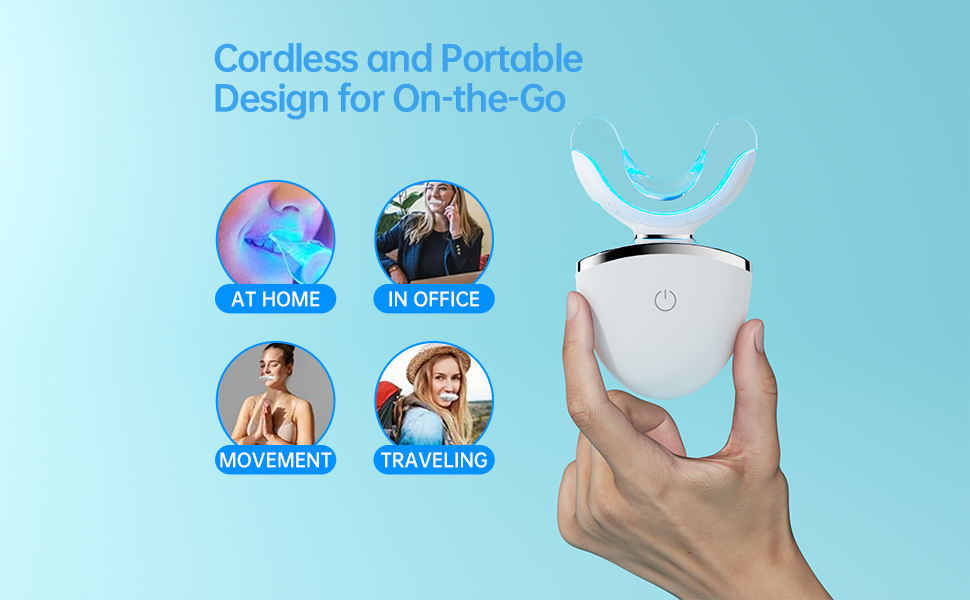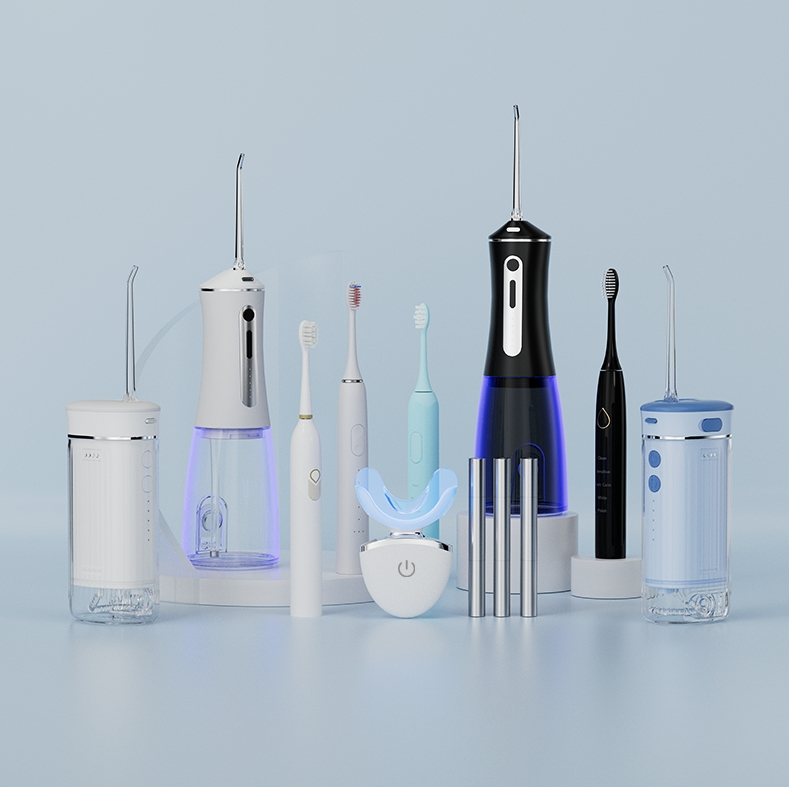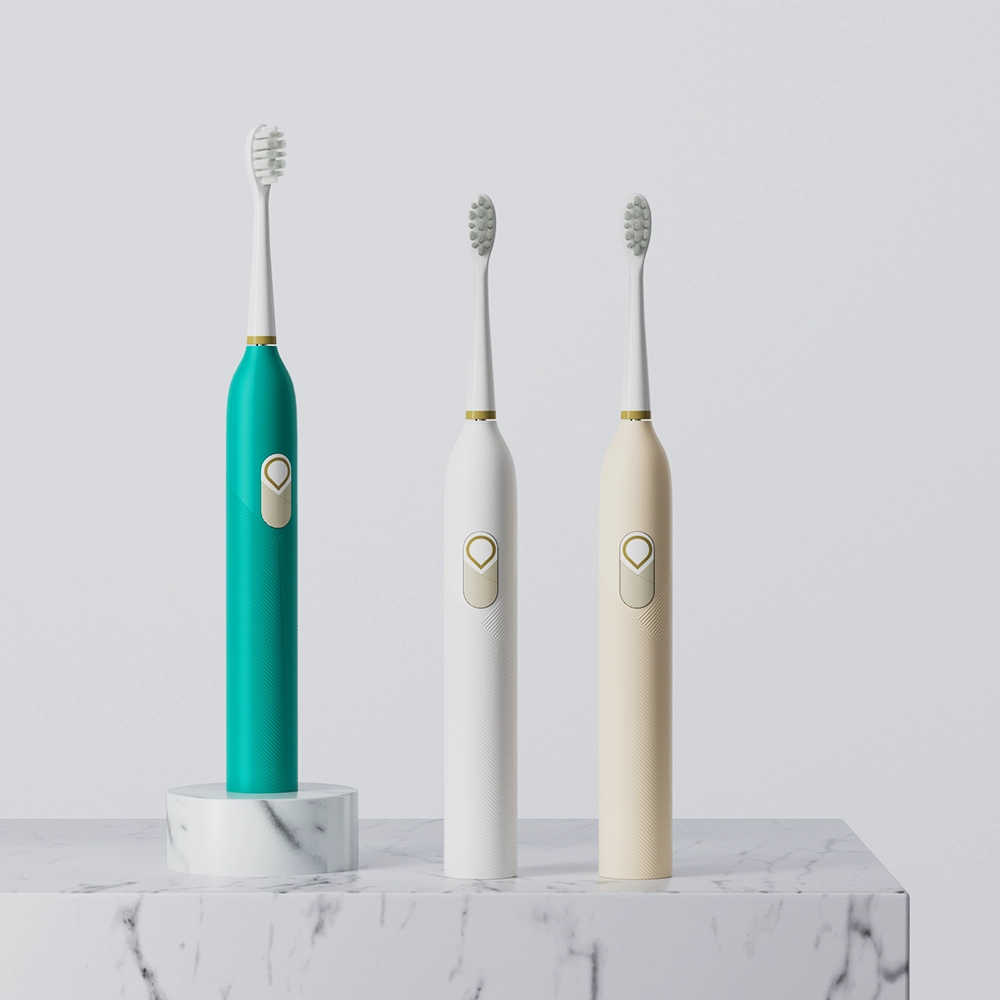A water flosser is a powerful tool for maintaining oral hygiene, but over time, you may notice water pressure decreases, reducing its effectiveness. If your device isn’t performing as strongly as before, here are the most common causes—and how to troubleshoot them.
Many cordless water flossers rely on rechargeable batteries. If the water pressure decreases, the first step is to check the battery level. A weak battery may not provide enough power for optimal performance. Charge the device fully and test again. If the problem persists, the battery may need replacement.
Mineral deposits, debris, or mold can accumulate in the nozzle, obstructing water flow. To fix this, remove the water head and soak it in warm vinegar or use a small brush to clear blockages. Regularly cleaning the water head ensures consistent pressure and hygiene.
If the water pressure drops suddenly, check the water level in the water tank. Some flossers have sensors that reduce pressure when water is low. Refill the tank and ensure it’s properly seated to maintain steady flow.
Air trapped in the water line or a minor system glitch can disrupt pressure. Try turning off the device, emptying the tank, and restarting your device. This can reset the motor and eliminate airlocks, restoring normal function.
Over time, limescale or debris can build up inside the flosser’s tubing, reducing pipeline patency. To clear blockages, run a mixture of warm water and white vinegar through the system, then rinse thoroughly. For stubborn clogs, use a small pipe cleaner.
If none of the above solutions work, the issue may be mechanical. A failing motor or damaged internal components can weaken water pressure. If your flosser is under warranty, contact the manufacturer for servicing or replacement.
Clean the nozzle and tank weekly to prevent buildup.
Use distilled water to minimize mineral deposits.
Store the device properly to avoid internal damage.
By following these steps—checking the battery level, cleaning the water head, and ensuring pipeline patency—you can restore your water flosser’s performance and extend its lifespan.
For more professional dental care product maintenance tips, visit our blog or contact our B2B team for bulk solutions! https://www.powsmart.com/simples/x3-portable-uv-water-flosser/


The manufacturing process and quality control of dental appliances

How Does a Toothbrush Packaging Supplier Enable Custom Logo Packaging for Brand Identity?
.jpg)
Developing an Electric Toothbrush Sourcing Strategy?
Sonic Toothbrush Factory for Brands
Hose Cracks Causing Water Pressure Instability?

A Guide to the Entire Process of OEM Teeth Whitening Device: Detailed Explanation of Every Step from Design to Mass Production
Electric Toothbrush for Plaque Removal – Professional Cleaning for Dental Businesses

Factory Tells You If Electric Toothbrushes Turn On Automatically at Night – What Can We Do?
.jpg)
Is a Reliable Water Flosser Pump Supplier Key to Developing a High-Pressure Flosser?
.jpg)
Is an Alaska portable charger necessary for an Alaska cold-resistant brush?

What is the Safest Teeth Whitening Method?

Does Black Electric Toothbrush ODM Face Handle Corrosion?

Energy saving and emission reduction measures and effectiveness of electric toothbrush factory

Why is an Alaska travel toothbrush designed as an Alaska rugged toothbrush?

How Does the Orthodontic V-Brush Enhance the Powsmart Ortho Head Functionality?
.jpg)
Can the right oral care products prevent pain this National Toothache Day?

Private Label Whitening Gel

Electric toothbrush heads Charcoal Infused-Diamond
.jpg)
Florida Electric Toothbrush – Powsmart PTR-C8

electric toothbrush heads Charcoal Infuse-Round

electric toothbrush heads Regular Clean

electric toothbrush heads Ultra Soft

Customization Teeth Whitening Gel

electric toothbrush heads Deep Clean
whstapp
whstapp
National Toll-Free Service Hotline
+86 755 86238638